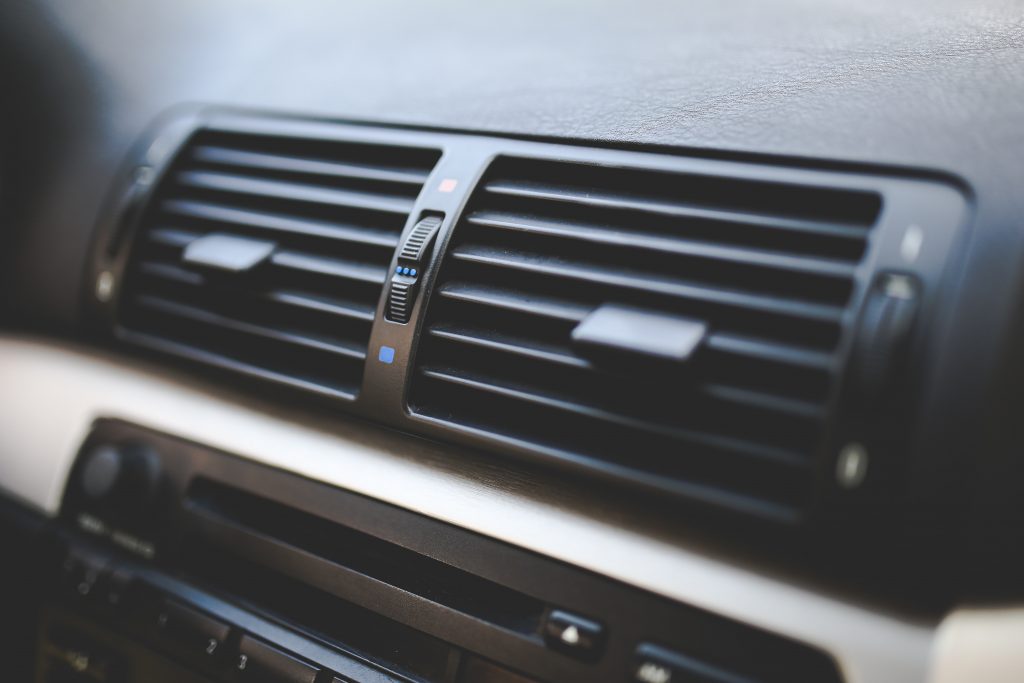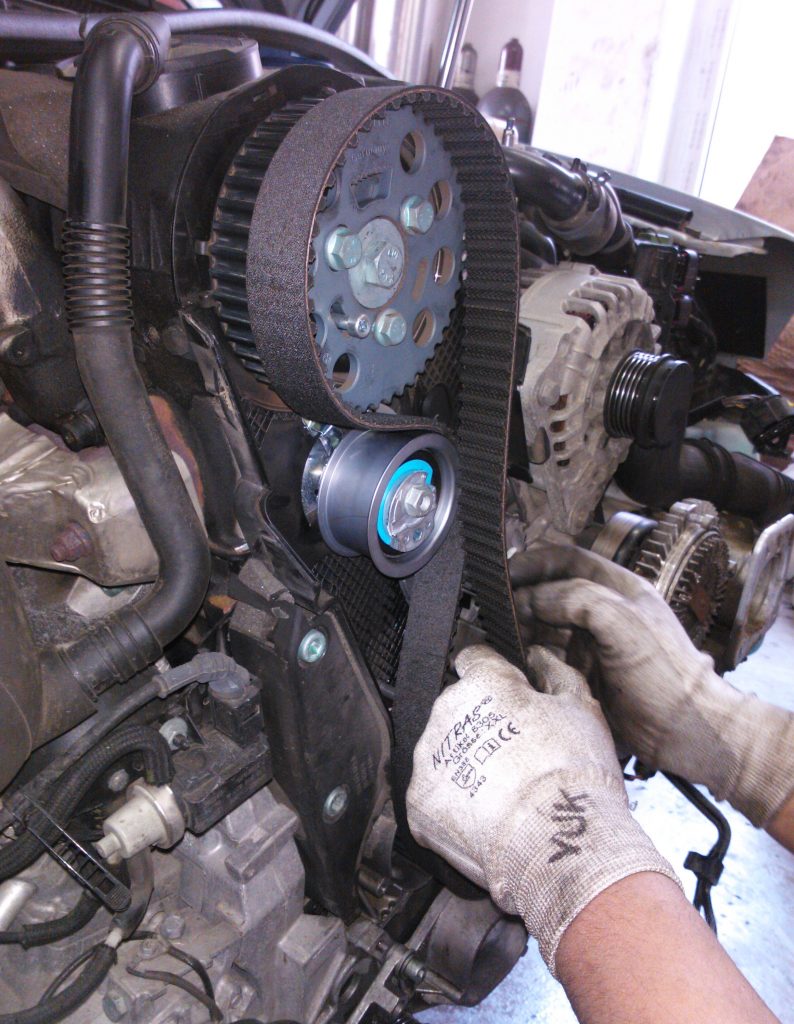In virtually all modern vehicles, the air conditioning system works off a belt running from your engine to power a compressor. We often hear from our customers’ that even after recharging their A/C, the car is still warm. Here are two common problems we see that can cause customers to still feel like their Subaru is too warm.
1. The fan controls aren’t set to recirculate.
In any car, including your Subaru, there exists a fan control that can either open the air vents to allow fresh air into the car, or close the vents to cause air to re-circulate. When your Subaru’s air conditioning system is running, but the vent is still open, the air conditioning system is constantly having to cool the fresh air coming in.
If you set the fan to allow the air to re-circulate, the air conditioning will cool the air that has already been cooled, allowing the air to continue to get colder as you drive. Setting your vent control to recirculate will get a chill going in no time!

2. The car has been turned off, with the key in the forward position so the radio and fan stay on.
Your fan might run off of your battery, but your air conditioning doesn’t! Unlike in your house, Subaru’s air conditioning doesn’t use the battery to power the A/C compressor. Instead, the air conditioning runs off of a belt connected to the engine, so your air compressor works as the engine operates.
If you turn off your car but leave your key in the forward position, your fan will still blow cold air for a moment. However, without the compressor working, the fan will quickly start blowing warm air and heat up the car. Your best bet would be to either leave the car idling, or to shut off your car completely leaving the windows open.
We hope these tips help keep you cool. As always, for any of your air conditioning, or other Subaru needs, Soobie Surgeons is here to help!








